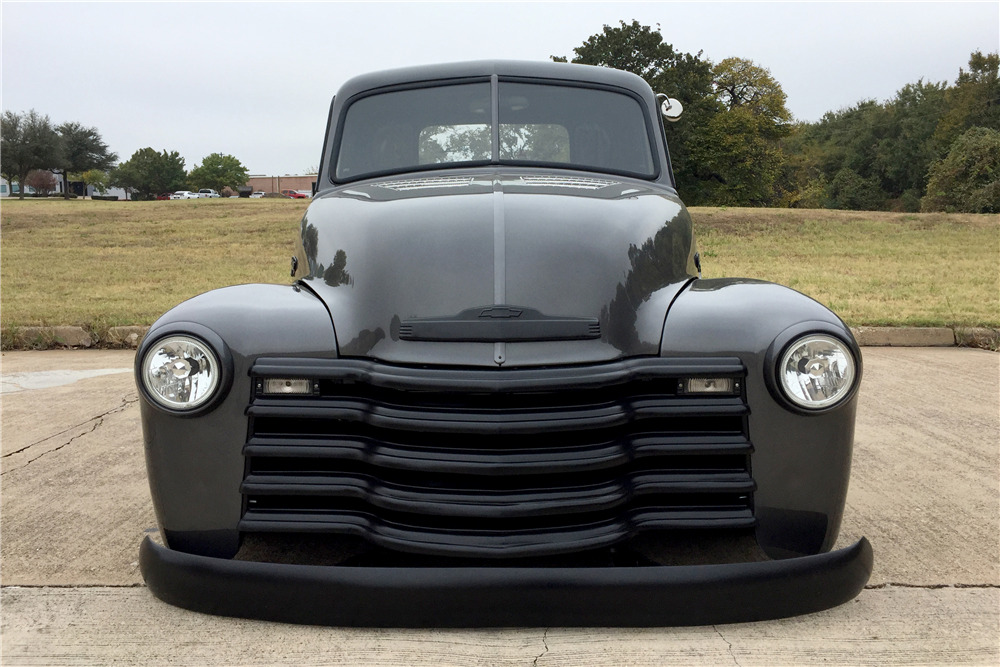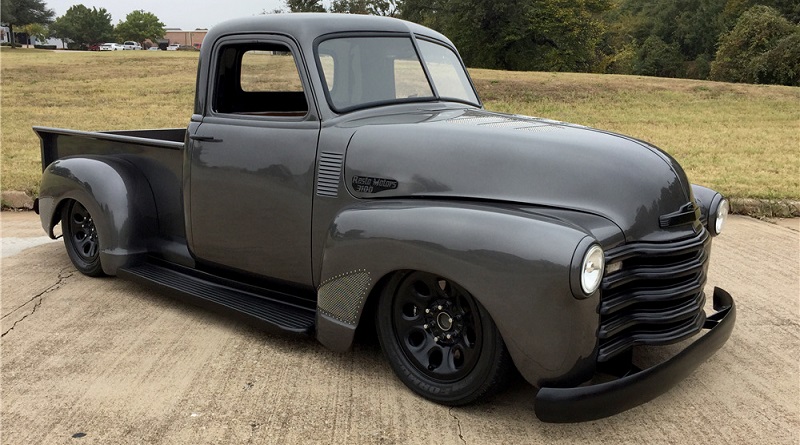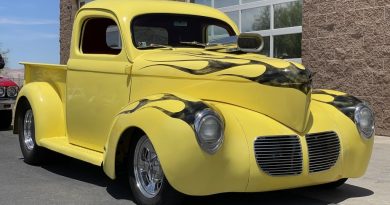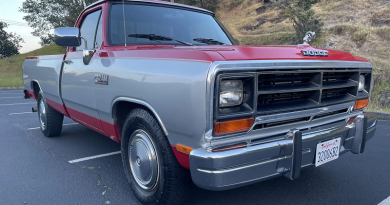1949 Chevrolet 3100 Custom Pickup
The Advance-Design is a light and medium duty truck series by Chevrolet, their first major redesign after WWII. Its GMC counterpart was the GMC New Design. It was billed as a larger, stronger, and sleeker design in comparison to the earlier AK Series. First available on Saturday, June 28, 1947, these trucks were sold with various minor changes over the years until March 25, 1955, when the Task Force Series trucks replaced the Advance-Design model.
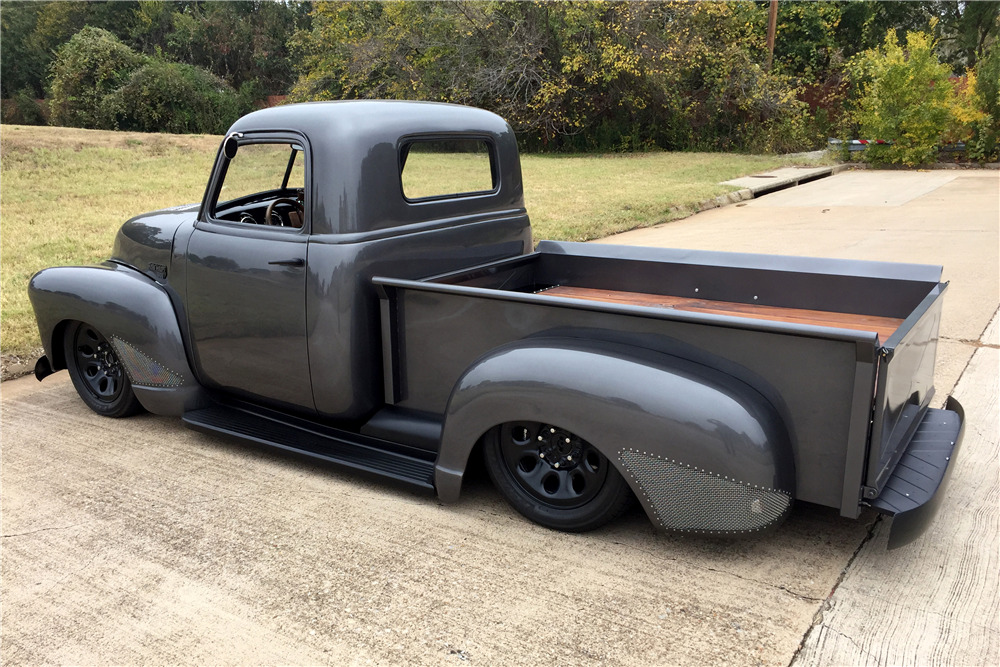
In the immediate postwar era, America’s major manufacturers built vehicles as quickly as they could simply to meet market demand. However, much more time has been taken to make this very nice 1949 Chevrolet 3100 Pickup into a showpiece. While these little trucks met the nation’s need for mere practicality back when they were new, today many enthusiasts prefer to make them into a statement. The 3100-series was a half-ton model that sported the improved-visibility Advanced Design cab, which had debuted in 1947. The example here retains its OEM shape and has been treated to a body-off restoration that included a custom frame when it was reassembled.
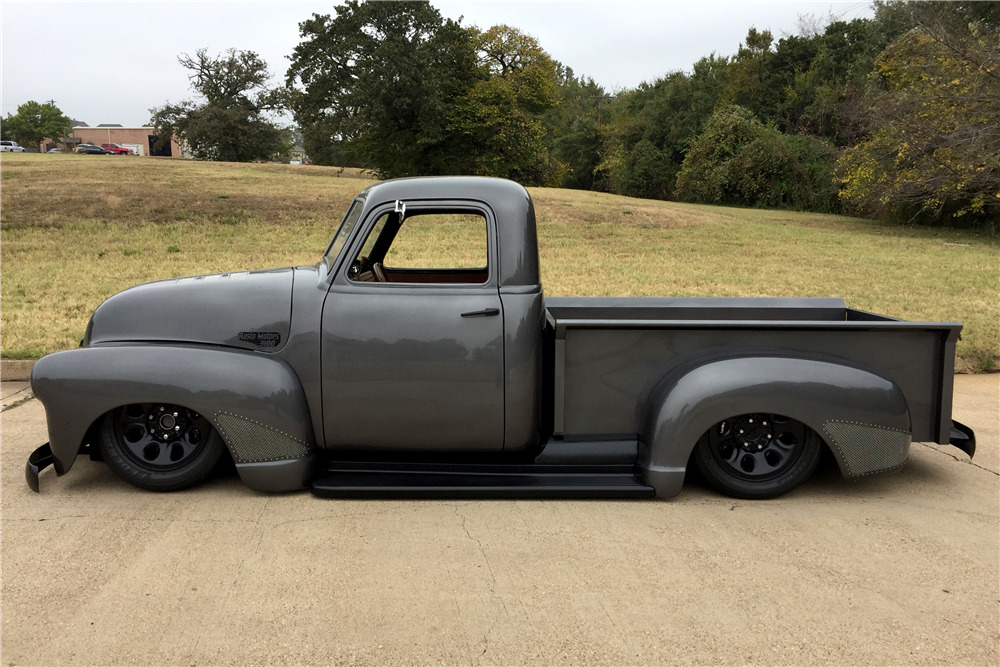
Every aspect of this Chevy pickup has been customized, from the dash and interior to the CAD-designed chassis with air ride suspension. Stainless-steel screens were added to the hood and fenders, and the full-length, knotty walnut bed was custom-made. The custom gauges were made with a smaller diameter to continue the rivet theme inside the truck. A handmade wood fold-down dash mimics the appearance of the stock stainless dash and hides the glove box and Bluetooth radio. A hand-formed copper rose shifter molded into the dash and a custom bomber-style seat with leather inserts finish off the interior customization.

The factory 216ci engine was replaced with a modern 5.3-liter L83 engine and automatic transmission with a custom-built and tuned exhaust to make it sound great.

Dubbed the Chevrolet Advanced Design, as humorous as it sounds seven decades later, this was actually a fairly advanced truck for its day. The two-door wagon version would become the basis for the Suburban of the period.
